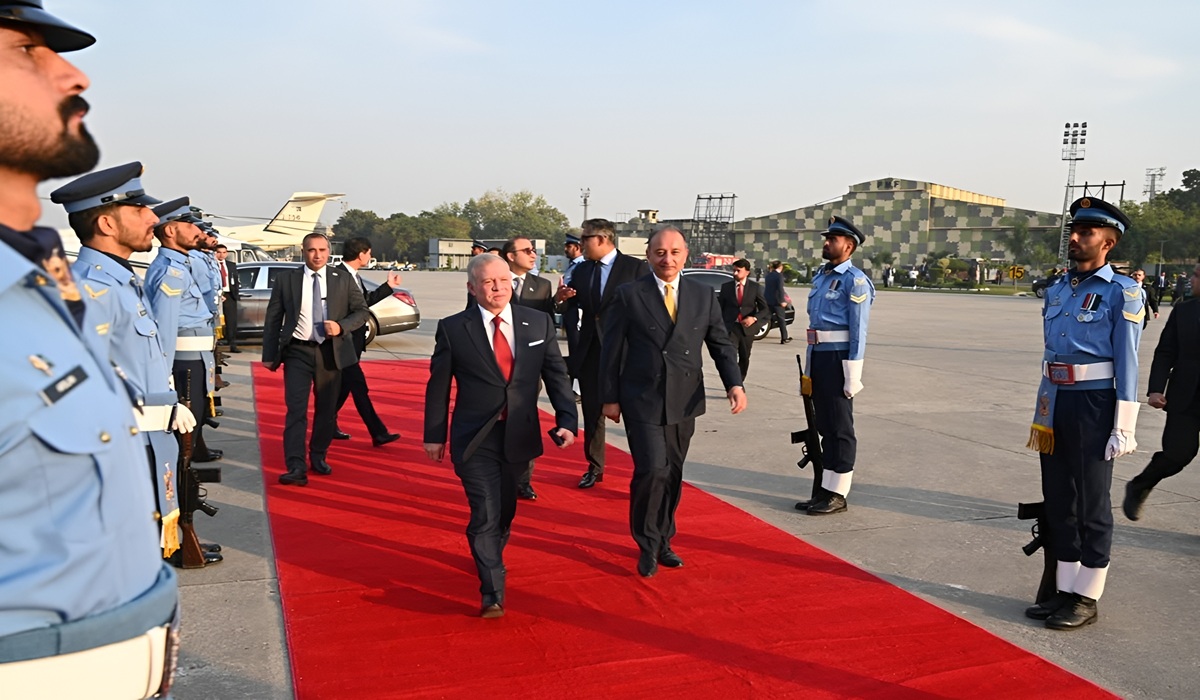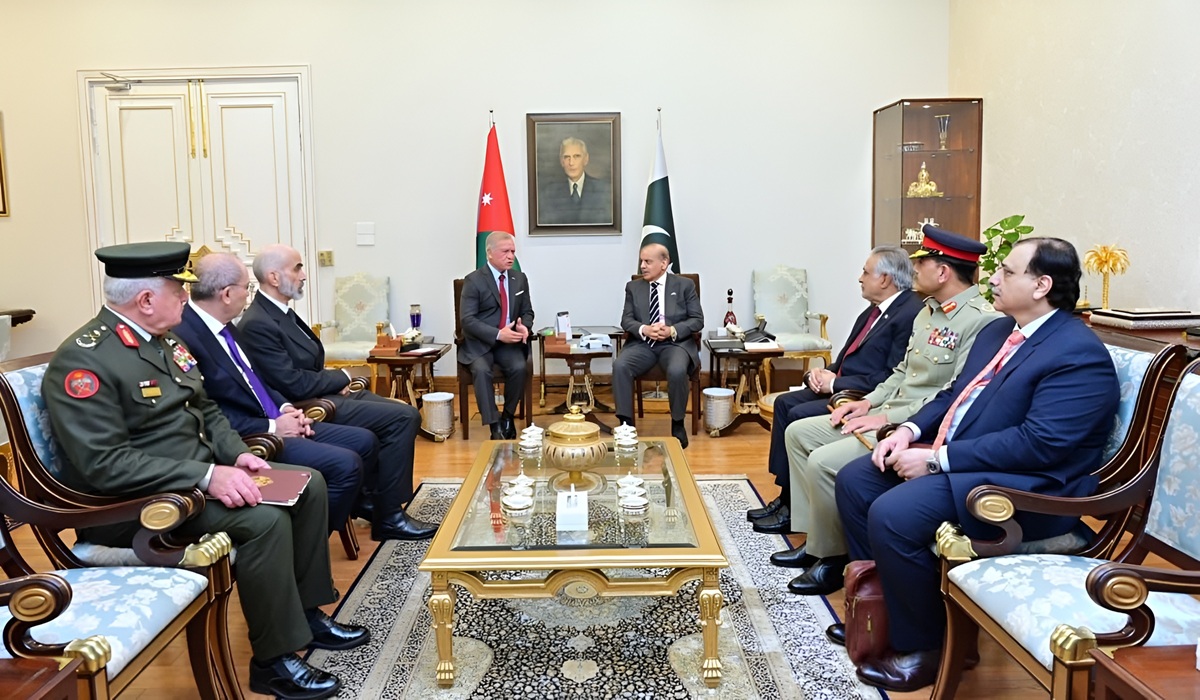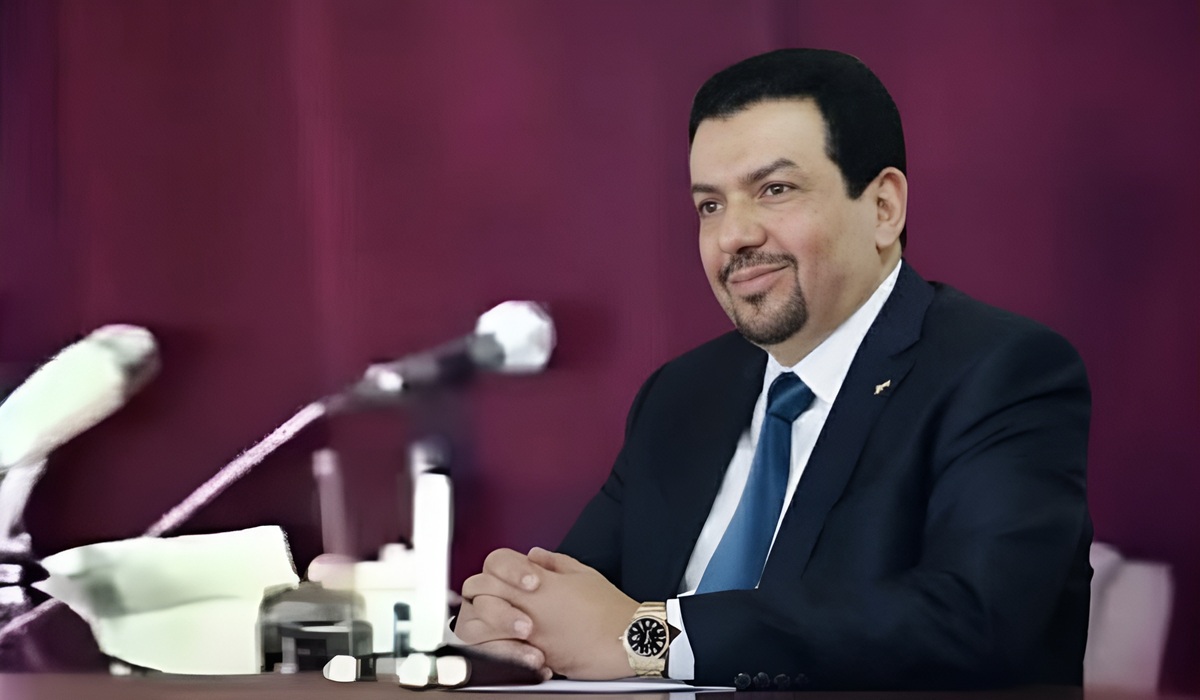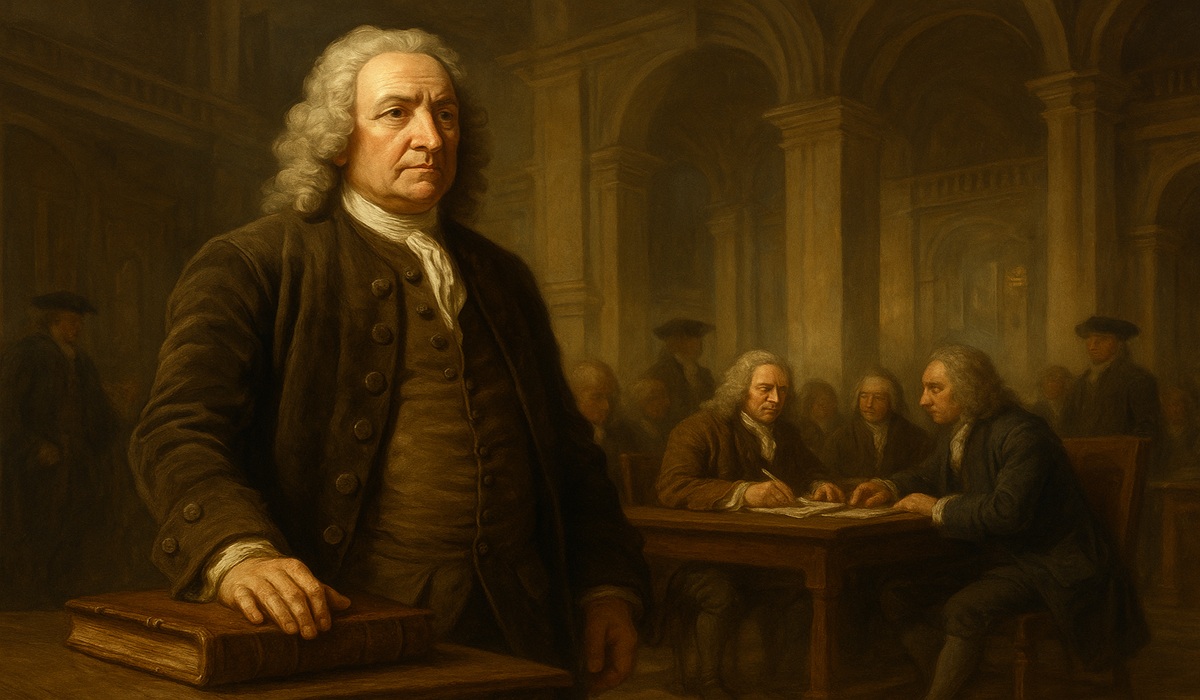Trump’s Military Address and the Weaponization of Power
- Naomi Dela Cruz
- Trending News
- October 1, 2025
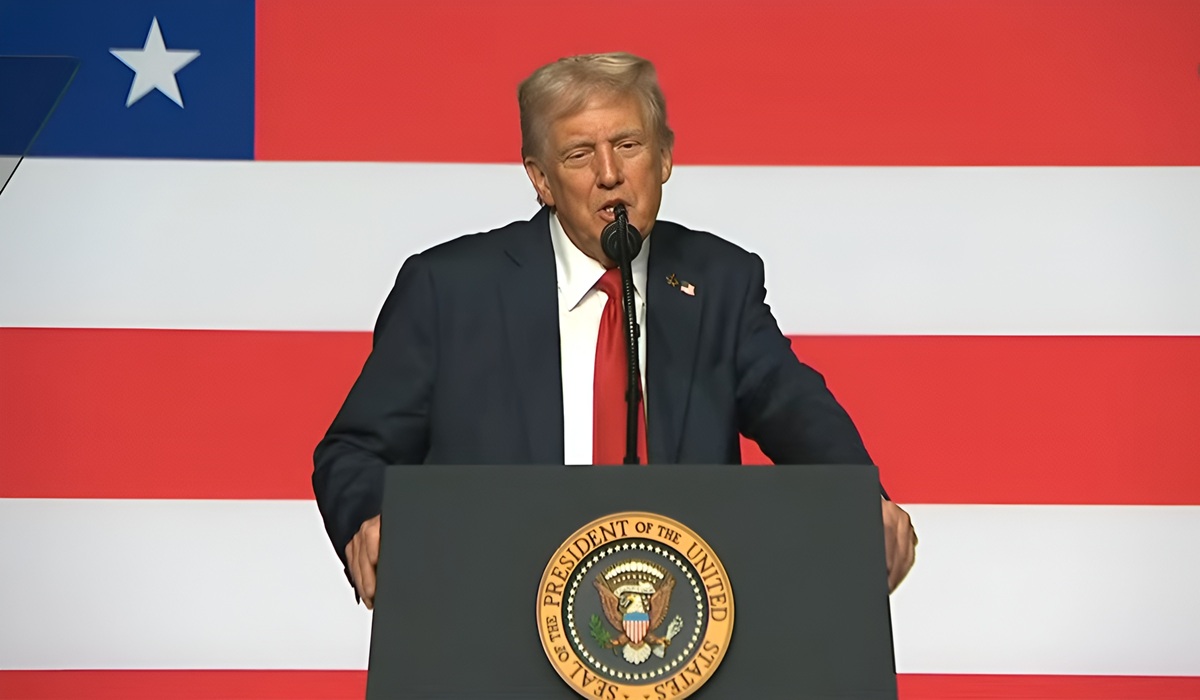
President Donald Trump’s address to senior U.S. military leaders over the weekend at Marine Corps Base Quantico was unlike anything modern America has seen. The gathering of hundreds of generals, admirals, and senior officers became the stage for remarks that have stunned allies, alarmed critics, and left many Americans wondering where their democracy stands. In blunt language, Trump called for U.S. cities to be used as “training grounds” for military forces. He described a “war from within” and framed entire communities, often run by Democratic leaders, as enemies or threats that had to be dealt with before they spiraled out of control. He singled out cities like Chicago, suggesting that federal troops would be deployed there to restore order. He even said that if demonstrators spit at service members, “they spit, we hit,” adding that if rocks or bricks were thrown at cars, federal officers should “do whatever the hell you want to do.” These remarks crossed a line, moving beyond tough-on-crime rhetoric into openly threatening to unleash military power on American soil.
Trump’s vision is clear. He sees the U.S. military not just as a shield against foreign adversaries but as a weapon to be deployed internally, targeting not terrorists from abroad but American citizens at home. He cast these actions as a necessity to save the country, likening himself to presidents like Abraham Lincoln, who invoked extraordinary measures in times of rebellion. But critics point out that this is an entirely different context. These are not rebel armies threatening to dissolve the Union; these are American cities filled with citizens—some protesting, some struggling with poverty and crime, others simply living their lives—now portrayed as battlefields in need of military occupation. The suggestion that U.S. cities could become live “training zones” is unheard of in American history and represents a dangerous blurring of military and civilian roles.
Adding fuel to the fire, Defense Secretary Pete Hegseth used his own speech at the same event to call for the military to shed its diversity programs, to slim down its leadership ranks, and to embrace what he described as a “warrior ethos.” He mocked generals for being “too fat,” threatened dissenters with resignation, and warned U.S. adversaries with a coarse slogan—“f*** around and find out.” It was a performance that matched Trump’s tone in its aggressiveness and in its vision of a military that is not neutral, not restrained, but deeply politicized and loyal to a single president. Hegseth’s rhetoric, paired with Trump’s threats, underscores a shift in the U.S. military from being an apolitical institution to one that may be asked to serve openly political ends.
Legally, Trump faces hurdles. The Posse Comitatus Act has long restricted the use of the military in civilian law enforcement, and the Insurrection Act, while granting presidents some latitude in extraordinary circumstances, has rarely been invoked and was never designed to transform cities into military testing grounds. The U.S. system has relied on norms, not just laws, to ensure that soldiers are not ordered to police civilians. But Trump’s speech suggests he is willing to trample those norms. He does not shy away from saying that he wants the Justice Department, intelligence agencies, and now the military to be tools for his agenda. Past presidents may have leaned on agencies for political advantage, but they did so in quiet, often deniable ways. Trump is different. He is transparent about it, almost boastful, reducing the buffer of arm’s-length governance that has long been used to maintain the appearance of fairness.
To be fair, Trump is speaking to real problems that many Americans recognize. Cities across the United States struggle with rising crime, homelessness, and undocumented immigration. These challenges require solutions, and the frustration of citizens is palpable. When Trump talks about cleaning up the streets, he taps into that frustration. Many people may even welcome a tougher stance if it brings relief. But the question is not whether something should be done—it is how it is done. Deploying soldiers into neighborhoods, treating citizens as combatants, and framing political opponents as enemies of the state risks tearing at the very fabric of American democracy. It risks turning the U.S. into a place where dissent is silenced not by debate or persuasion but by force.
The use of the military against political enemies is especially troubling. Trump made no secret that his opponents—whether former officials, Democrats in power, or protesters—are targets of his anger. He has long spoken of payback, and this weekend’s address confirms that he sees the armed forces as part of that campaign. In this sense, it is not just about law and order. It is about weaponizing every branch of government, from the Justice Department to the military, and bending them to serve political vengeance. In his hands, these tools are not neutral; they are instruments of regime loyalty.
It would be a mistake, however, to imagine this trend started with Trump alone. Democrats, too, have been accused of using the machinery of government against opponents, whether through surveillance, investigations, or regulatory pressure. The difference is one of style and visibility. Democrats have maintained the fiction of independence—an attorney general who insists on being separate from the White House, intelligence chiefs who speak in carefully measured tones. Trump dispenses with that fiction. His Justice Minister is no more than a political ally. His military leadership is summoned, lectured, and ordered to consider citizens as enemies. He says the quiet part out loud.
Where does this leave America? At a crossroads. On the one hand, Trump argues he is restoring safety, bringing order, and empowering the military to secure the streets. On the other, critics warn that this is the path of authoritarian states, where troops enforce domestic policy and political dissent is crushed. The imagery of tanks and troops patrolling U.S. streets is one that, until recently, was reserved for coups in developing nations. That this conversation is happening at all in the United States should be a warning sign. If it becomes normalized, if the military becomes a regular presence in cities, then the United States will have crossed into territory where democracy is eroded from within.
There are still guardrails. Courts can challenge deployments. Congress can assert oversight. Governors and mayors can resist, legally and politically. Civil society and the press can sound the alarm. And the American people themselves, through elections, retain the ultimate power to accept or reject this direction. But every time a norm is broken, every time a boundary is tested, the guardrails weaken. Once the military is politicized, once citizens see soldiers as enforcers of a president’s will, trust in the institution may be permanently damaged.
America today is not yet an authoritarian state. But the trajectory is concerning. Trump has revealed openly what many feared: that he sees the military as his personal tool, not as the nation’s neutral defender. His Secretary of Defense echoes and sharpens that message. Cities are painted as battlegrounds. Political opponents are cast as enemies. This is a time for sober reflection, not partisan spin. Even if one agrees with Trump’s diagnosis of urban problems, the cure he prescribes could be worse than the disease. Democracy depends on limits, on restraint, and on the understanding that power, even in the hands of a president, is not absolute.
The weekend address marks a turning point. It is not just rhetoric; it is a declaration of intent. Trump has shown his hand, and it is a heavy one. Whether the nation resists or accepts it will define not only his presidency but the future of American democracy. The choice is stark: a republic of laws, where the military defends the nation from external threats, or a system sliding toward authoritarianism, where the same military is used to police, punish, and silence its own people. This is not just politics as usual. It is a fundamental test of what America is and what it will become.


